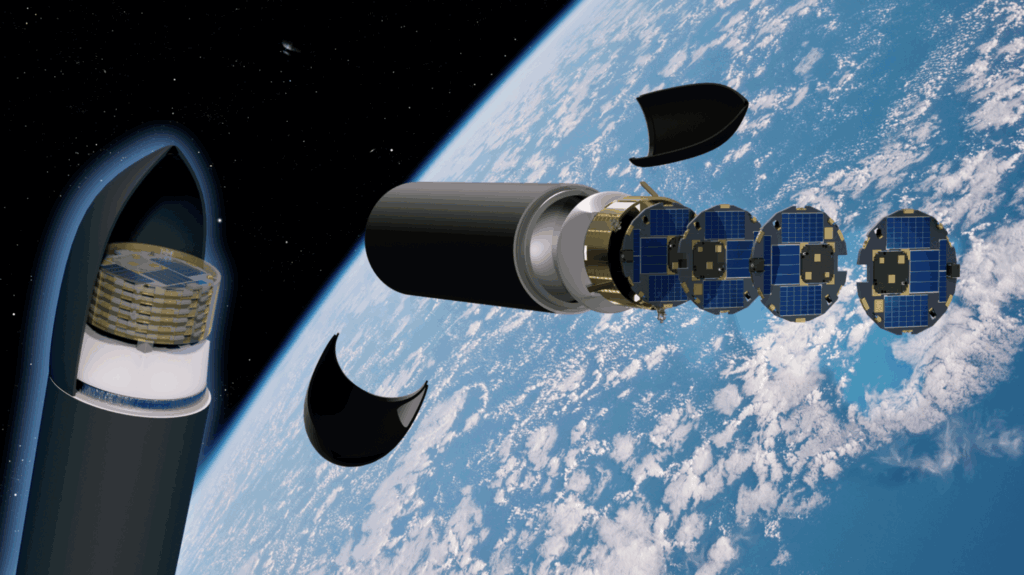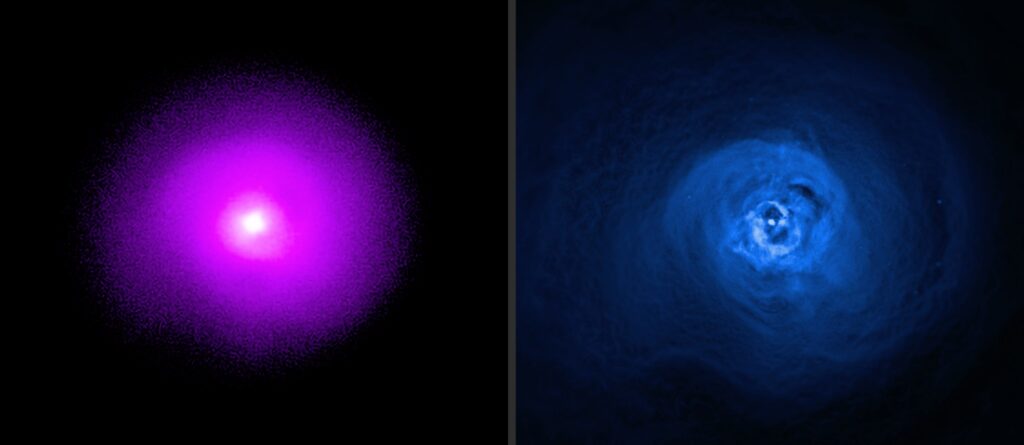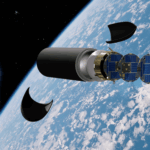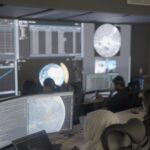Now Reading: Rocket Lab Advances Neutron Rocket Development with Key Milestones and Contracts
-
01
Rocket Lab Advances Neutron Rocket Development with Key Milestones and Contracts
Rocket Lab Advances Neutron Rocket Development with Key Milestones and Contracts
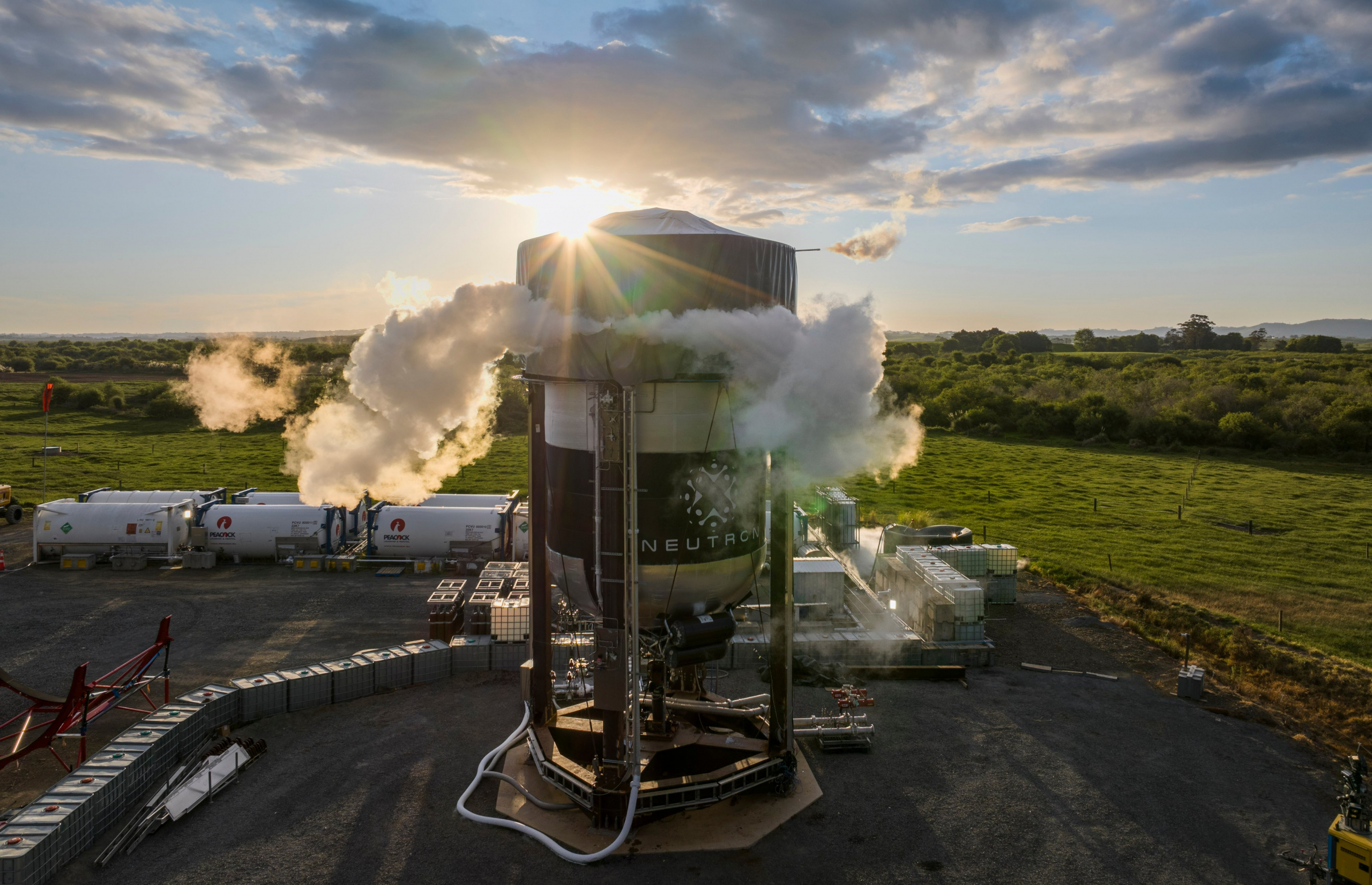

Rocket Lab has been making significant strides in the development of their Neutron rocket, with a robust series of tests designed to validate the design and operational capabilities of both the first and second stages. The first stage, which embodies much of Neutron’s innovative spirit, has been undergoing a rigorous testing campaign essential for ensuring its reliability and performance. Recently, the outer shell’s qualification tests were completed, which is critical given that Neutron is designed with reusable, permanently attached fairings.
Among the most intricate components tested were the canards and the extended interstage. The interstage is particularly noteworthy, as it houses some of the most complex mechanical systems on the vehicle. Rocket Lab has emphasized that successful qualification here is a key milestone, as it demonstrates the potential for Neutron to push the boundaries of what is possible with medium-lift launch systems.
In early April, Rocket Lab achieved a major milestone by qualifying the second stage of Neutron. This involved applying an immense tensile force of 1.3 million pounds to the carbon composite structure, confirming its strength and durability. The rigorous process also included pressurization and proof tests that went beyond the maximum operating pressure by 25%, ensuring that the design can handle extreme conditions during flight.
Flight-like operations were incorporated during these test phases, which involved integrating various systems such as the flight software, avionics, and guidance, navigation, and control systems (GNC) under cryogenic conditions. Such thorough testing ensures that Neutron will be ready not just to launch, but to operate safely and effectively in a range of potential mission scenarios, including those that push the envelope of its intended capabilities.
Another exciting development is the scheduled transfer of the first stage to Wallops Island on the East Coast, where it will be integrated into Neutron for its inaugural flight. This move marks yet another step in Rocket Lab’s ambitious timeline aimed at launching Neutron as soon as this year.
What makes the Neutron project particularly compelling is the innovative use of materials and construction techniques, especially with its reusable features designed to not only enhance safety but also reduce operational costs. For instance, the carbon composite structure of the rocket reflects a shift in engineering practices that favor lighter, stronger materials without compromising structural integrity.
As Rocket Lab continues to build momentum, the excitement surrounding Neutron grows. Each milestone not only signifies progress in the development of this advanced rocket but also hints at a broader transformation within the aerospace industry, wherein reusability and efficiency may redefine our approach to space exploration and satellite deployments.
Rocket Lab has recently secured multiple contracts that underscore confidence in the Neutron rocket and its rapid development timeline. One of the most significant accomplishments for Rocket Lab came when Neutron was selected for onboarding into the National Security Space Launch (NSSL) Phase 3 Lane 1 program. This selection enables Rocket Lab to compete for missions that could lead to contracts worth an impressive $5.6 billion over a five-year period. The company anticipates receiving approximately $100 million as part of the initial funding, reflecting the program’s focus on supporting new launch vehicles like Neutron, which are aimed at higher-risk missions involving less sensitive payloads.
Beyond governmental contracts, Rocket Lab has expanded its commercial horizons by signing a launch agreement with a highly confidential satellite constellation operator. This partnership will see Neutron conduct two missions that represent its initial test flights for this unnamed client. Successfully executing these launches could pave the way for Rocket Lab to secure additional deployments of the constellation into low-Earth orbit, establishing Neutron as a viable vehicle for commercial satellite launches.
In an exciting twist, Rocket Lab also announced a contract with the Air Force Research Lab (AFRL) to facilitate point-to-point global cargo delivery. This innovative mission will leverage Neutron’s first stage to demonstrate its re-entry capabilities. By launching without a second stage, Neutron will be able to reach a suborbital trajectory, setting the stage for a landing that can deliver cargo to various locations around the globe. The demonstration is slated for 2026, signaling an ambitious timeline that requires operational reusability to be fully realized.
As part of its preparations for these various missions, Rocket Lab has been hard at work on its Launch Complex 3 (LC-3) located at the Mid-Atlantic Regional Spaceport (MARS) in Virginia. LC-3 is rapidly taking shape, with the launch platform already completed and equipped with an operational water deluge system to mitigate the forces generated by the Neutron’s nine Archimedes engines during launch. The pace of development is extraordinary, especially considering Rocket Lab’s experience with Launch Complex 2 (LC-2) for its Electron rocket, which took years to come online. With Neutron’s expected flight as early as 2026, Rocket Lab is poised to outperform its previous timeline considerably.
Additionally, the company has invested in a specialized droneship named “Return on Investment,” a modified barge designed to facilitate the landing and recovery of Neutron’s first stage in the Atlantic Ocean. This novel approach not only offers flexibility in recovery options—either at sea or back at the launch site—but also enhances the potential for rapid turnarounds between flights, dramatically increasing operational efficiency.
In the background of these developments, Rocket Lab’s Archimedes engine, designed to propel Neutron into space, has been undergoing rigorous tests. Although many details remain undisclosed, Rocket Lab’s successful hot fires of the Archimedes engine at NASA’s Stennis Space Center have shown promising results, achieving up to 102 percent power during testing. The success of this engine is critical, as it will play a vital role in Neutron’s performance and reliability, further establishing Rocket Lab as a leader in the competitive space launch market.
As Rocket Lab continues to make impressive strides, the evolving landscape of contracts and launch preparations aims to position Neutron as a cornerstone in both military and commercial aerospace. Each contract strengthens the company’s foothold and highlights the growing trust in its ability to deliver cutting-edge launch capabilities to an increasingly diverse clientele.
Stay Informed With the Latest & Most Important News
Previous Post
Next Post
-
 012024 in Review: Highlights from NASA in Silicon Valley
012024 in Review: Highlights from NASA in Silicon Valley -
 02Panasonic Leica Summilux DG 15mm f/1.7 ASPH review
02Panasonic Leica Summilux DG 15mm f/1.7 ASPH review -
 03From Polymerization-Enabled Folding and Assembly to Chemical Evolution: Key Processes for Emergence of Functional Polymers in the Origin of Life
03From Polymerization-Enabled Folding and Assembly to Chemical Evolution: Key Processes for Emergence of Functional Polymers in the Origin of Life -
 04How New NASA, India Earth Satellite NISAR Will See Earth
04How New NASA, India Earth Satellite NISAR Will See Earth -
 05And Thus Begins A New Year For Life On Earth
05And Thus Begins A New Year For Life On Earth -
 06Astronomy Activation Ambassadors: A New Era
06Astronomy Activation Ambassadors: A New Era -
07SpaceX launch surge helps set new global launch record in 2024












